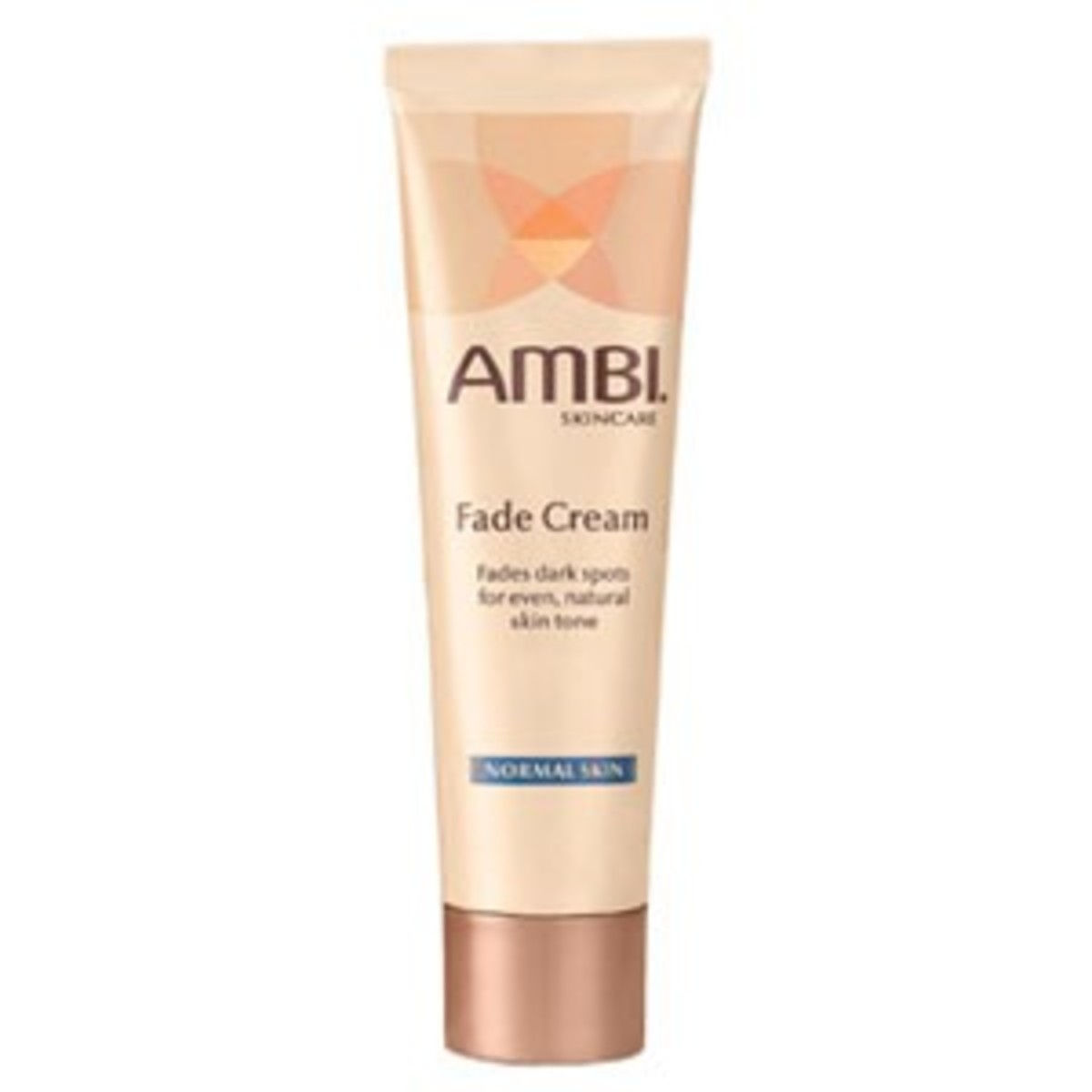Hydroquinone is Effective, But Is It Safe?
A funny thing happened in skincare over the past few years. And by funny I mean good—although this movement has undoubtedly caused waaaaaay more work for the vain people among us. (Holla!)
Remember when skincare was very basic? As in, the only thing your mom's fancy night creams claimed to do was eradicate wrinkles? We were so innocent then—innocent of what would happen when, thanks to new, sheer, lightweight makeup formulas, our skin TONE was exposed for all to see.
You see, now that nobody is caking it on like they did from the time makeup was invented all the way up to the '90s, all the fun little problems like hyperpigmentation, sun damage, age spots, uneven tone and post-inflammatory pigmentation (which is just a fancy way of labelling those dark marks you get after a pimple clears up) are, if you have 'em, so much more noticeable. Sure, you can now buy lightweight-but-high-coverage foundation formulas, but I think that we all can agree it's better if you don't NEED to wear them, like Miss Cate Blanchett here. Yes?
Which brings me to hydroquinone, a skincare ingredient that has long been used (as in 500 B.C. long) to whiten and brighten the skin.
The 4 percent concentration is available in Canada by prescription, or you can buy up to 2 percent hydroquinone formulas over the counter. In fact, the inspiration for this entire post comes from reader Sara, who made a comment in our epic cod liver oil thread that she'd recently started using “an inexpensive cream by Ambi that contains hydroquinone” and that “it seems to be working for fading dark spots.” (We've since had a talk about that.)
Now, I'm not familiar with this brand at all (I'm not even sure if it's available in Canada), but apparently it made Allure magazine's annual Best of Beauty list this year. Which means that it does work, yes.
But I think there are a few things you should know. (And let's not pick on poor Ambi. Hydroquinone can also be found in products from NeoStrata, DDF, Philosophy and of course, the famous Obagi, which you can buy at the derm's office and probably gets the most love on beauty forums like Essential Day Spa.)
Anyway! I think you should know that the use of hydroquinone in skincare has been banned in Europe. And in 2006, the US FDA proposed a ban—which is quite something, because I feel like the FDA is okay with a LOT of un-safe things.
There are several reasons why I don't think using hydroquinone is a good idea:
- It whitens skin by killing—yes, KILLING—your skin's pigment cells. I don't know about you, but I don't really want to intentionally off my own cells.
- It can cause irritation and contact dermatitis.
- It degenerates collagen and elastin fibres (which, uh, we're supposed to be *strengthening* to keep ourselves looking young and fresh).
- In darker-skinned individuals, it may cause ochronisis, which is a skin disorder characterized by “progressive sooty darkening.” Right.
- It's known to cause DNA damage and mutations.
- Most scary of all, it's linked to cancers in humans such as leukemia.
Now, all of these things are associated with large doses over extended periods of time, which is why you're not supposed to use products with hydroquinone any longer than six months. Probably you'll be okay if you're using only a 2 percent formula for a few weeks at a time.
But EVEN STILL—I personally don't feel comfortable using an ingredient associated with so many warnings. Especially when there are great alternatives like Lumixyl:
You may have heard me mention this line before, and that's because I heart it so much. The buzz is that it delivers results similar to hydroquinone, but without the toxicity. Yes please!
The star product is the Topical Brightening Creme, which contains a non-toxic and non-irritating peptide (an oligopeptide) that you can use indefinitely—no need to stop after six months. They say it works even better when you use it as part of the Topical Brightening System, a four-pack that includes not just the Creme but also:
- theActive-Prep Cleanser (a gentle foaming cleanser),
- the MoistureLock Sunscreen SPF30(a natural titanium dioxide sunblock, which helps protect you from additional hyperpigmentation), and
- my personal favourite, the GlycoPeel 20 Rapid Exfoliating Lotion (a super-charged exfoliator that WILL make you peel but also helps the Creme to penetrate better). It's possibly the best exfoliator I've ever used, and that's saying something.
It should take about eight weeks, which is the length of one “skin cycle,” to see results.
My pigmentation issues aren't nearly this severe—I just used it to try and fade some post-inflammatory pigmentation. It definitely had an effect… and I'm not sure if it's the Lumixyl or my new cod liver oil regimen or a bit of both, but I think my skin has much more of a glow these days.
You don't need a prescription to buy Lumixyl, but it's only available at doctor's offices. For locations, see here.
Just a warning: it IS pricey ($100+ for the Creme alone). So if your issues are more on the mild side (and you ALSO have issues with the price/exclusivity), I recommend Clinique's Even Better Clinical Dark Spot Corrector as a good—and also non-toxic—alternative:
Clinique did a clinical trial that put this product up against 4 percent hydroquinone, and like Lumixyl, the results were deemed “comparable.” Booyah!
So tell me—
Do you have annoying pigmentation issues that you want to correct?
Have you ever tried a product with the scary hydroquinone?
Or are there any non-toxic treatments that you've had success with?

